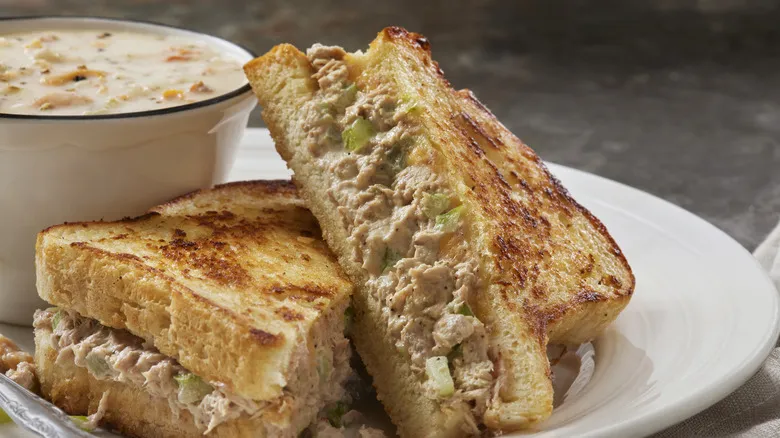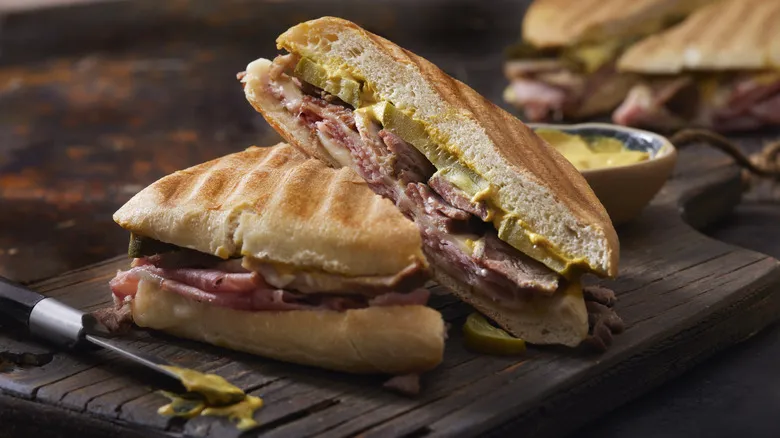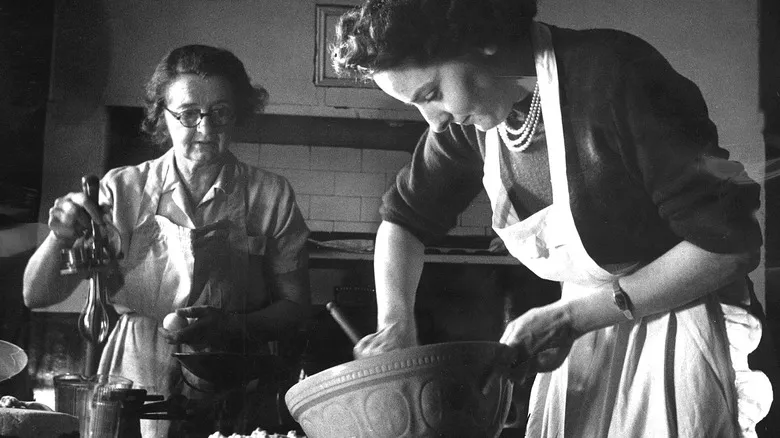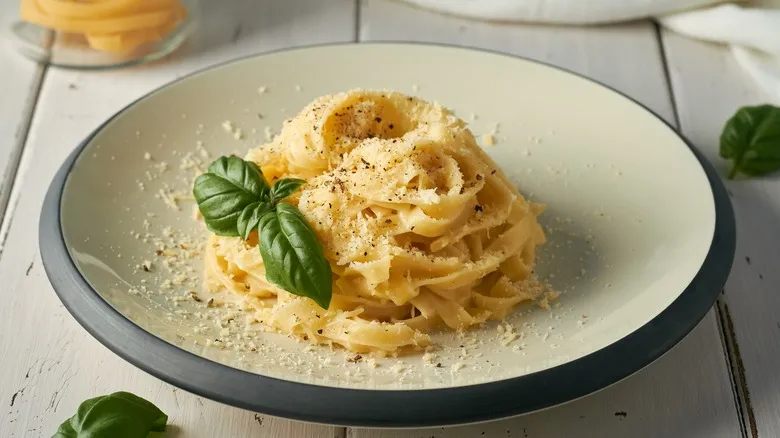How the dish made it back to America

Pickford and Fairbanks introduced this rich pasta dish to the United States, where it quickly made its way into cookbooks. However, some modifications occurred, largely due to the availability of ingredients. For instance, American butter had a different texture compared to that of Italy, and Parmigiano-Reggiano cheese wasn't imported until after World War II.
American chefs began to experiment with substituting cream for butter, resulting in a version that more closely resembles today's Fettuccine Alfredo. This shift may have also stemmed from the challenges chefs faced in getting the butter and cheese to emulsify in the pasta water, as this technique was not commonly practiced in the U.S. at the time. Cream provided a simpler solution for achieving a creamy texture. Additionally, flour was incorporated to thicken the sauce. Over the years, many variations have emerged, with ingredients ranging from chicken (or even steak for a more upscale touch) to broccoli. This is why contemporary American Fettuccine Alfredo often bears little resemblance to the original fettuccine al triplo burro.
Recommended

The Origin Of The Chili Dog Is A Meaty Mystery

The Mysterious Origins Of The Tuna Melt

Why Cuban Sandwiches Are A Florida Staple

The History Of Cookbooks In The Fight For Women's Right To Vote
Next up

